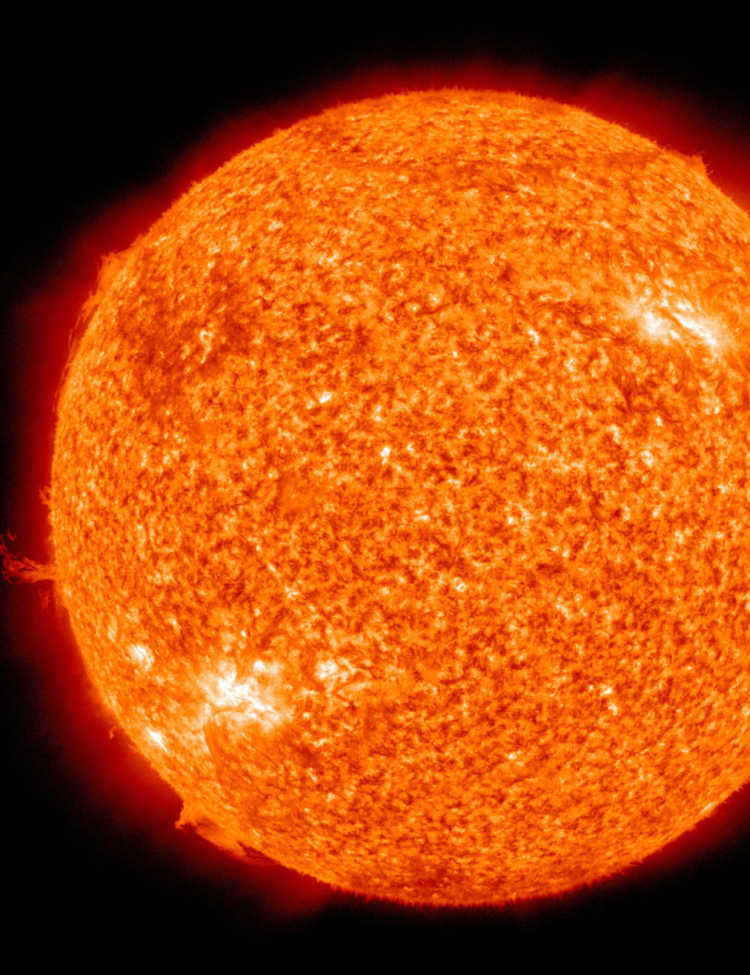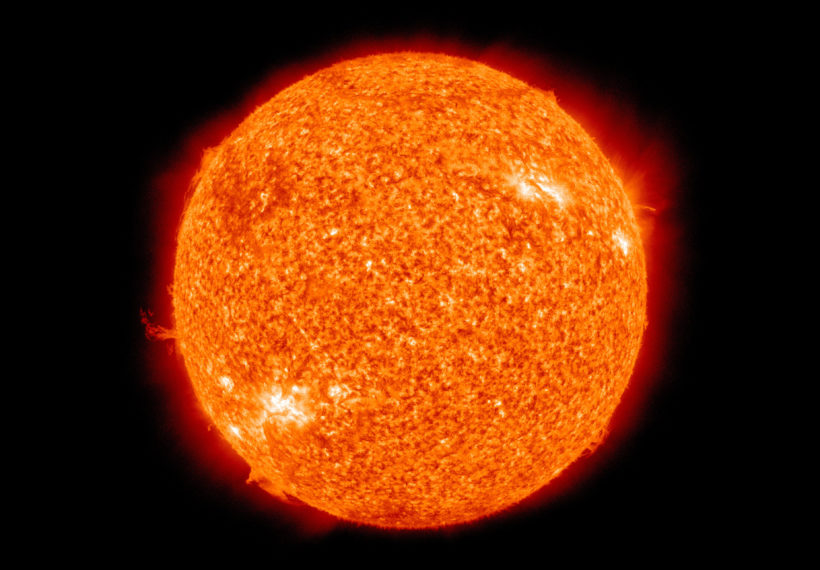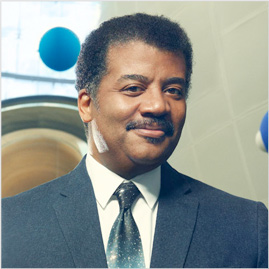About This Episode
What is a starquake? On this episode, Neil deGrasse Tyson and comic co-host Matt Kirshen explore asteroseismology, the sun, and what’s happening on the insides of stars with astrophysicist Conny Aerts.
Is a starquake the same as an earthquake? Learn about the sounds of the stars and the different types of quakes in the solar system. What’s the biggest quake in the solar system? Do other planets have plate tectonics? What does a quake look like on the ice giants? We explore the starquakes of supergiant stars and more.
What does ‘quake’ even mean? What have we learned from analyzing starquakes? Discover the internal rotation of stars and the theory of how stars evolve. How old do stars get? We discuss how the angular momentum of a star can impact its lifetime. Does rotation speed up a fusion reaction?
How do oscillations work in a binary star system? We break down what happened to Betelgeuse and why it’s not as bright as it used to be. We talk Kepler, TESS, and the new telescope PLATO that help asteroseismologists understand the stars. Are starquakes dangerous to humans? Plus, learn about coronal mass ejections and how a big one would impact life on Earth.
Thanks to our Patrons Zoran Nesic, Sarah Rina Rosen, and Joshua Brewer for supporting us this week.
NOTE: StarTalk+ Patrons can watch or listen to this entire episode commercial-free.




 Unlock with Patreon
Unlock with Patreon


 Become a Patron
Become a Patron